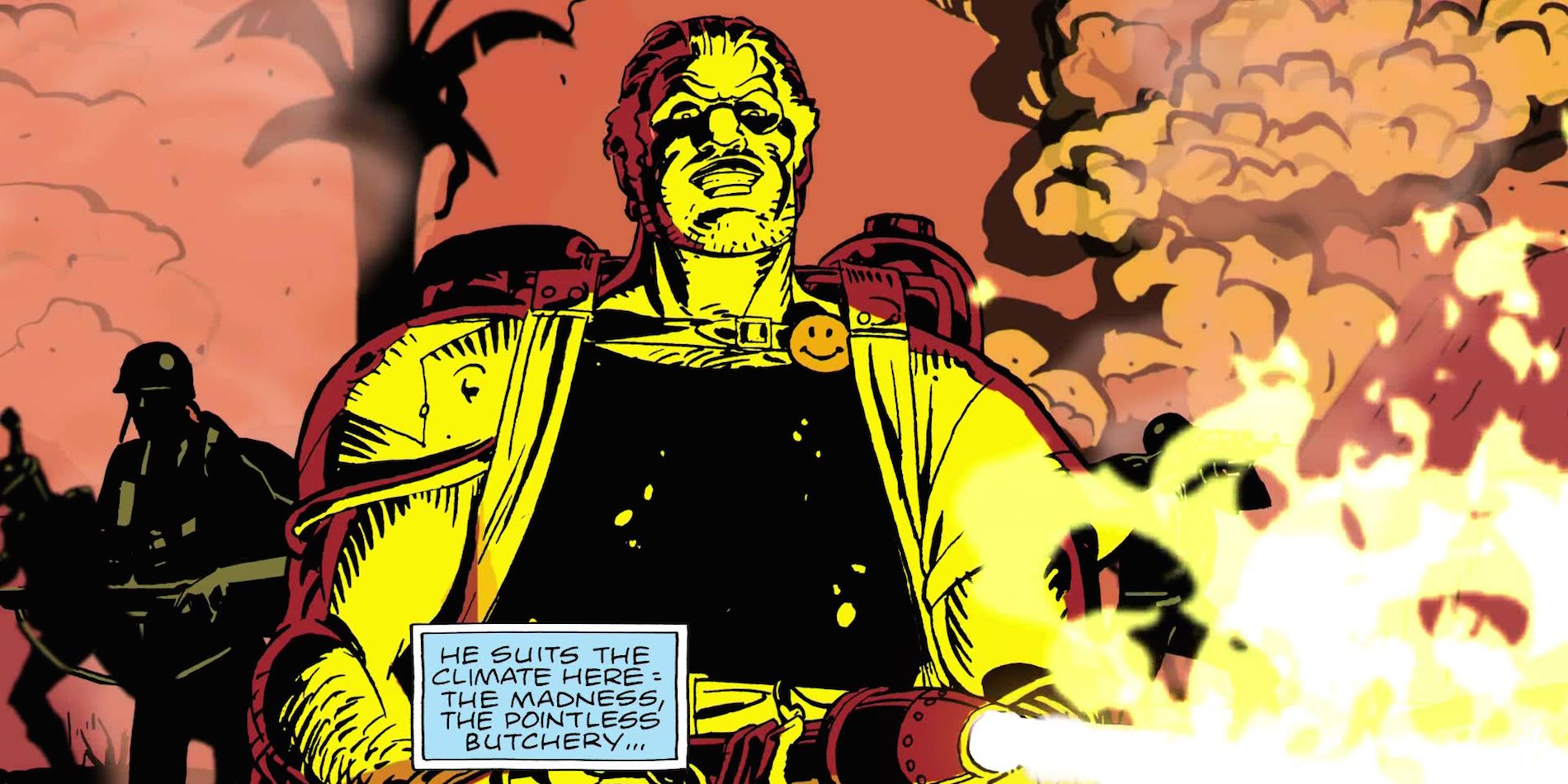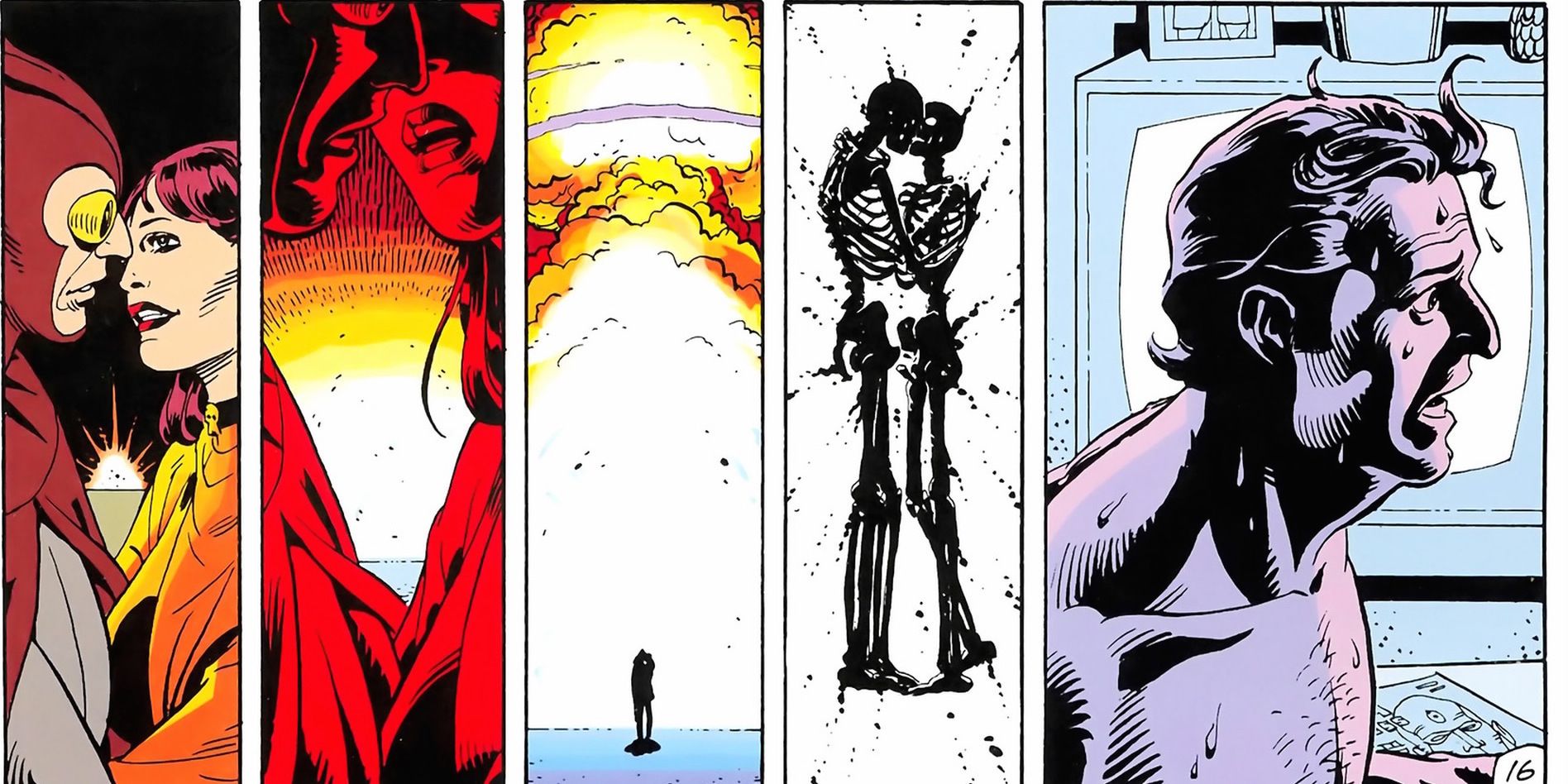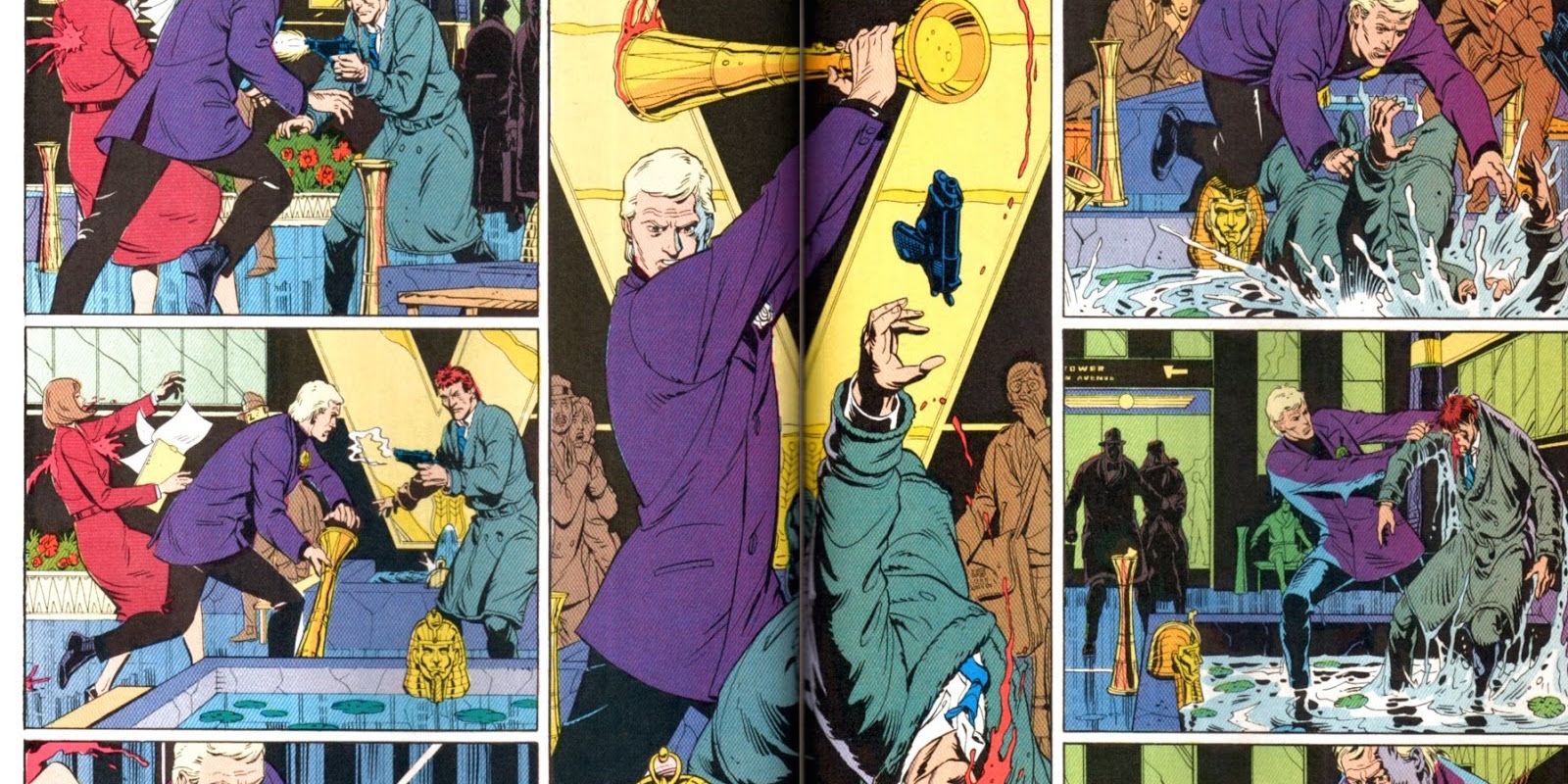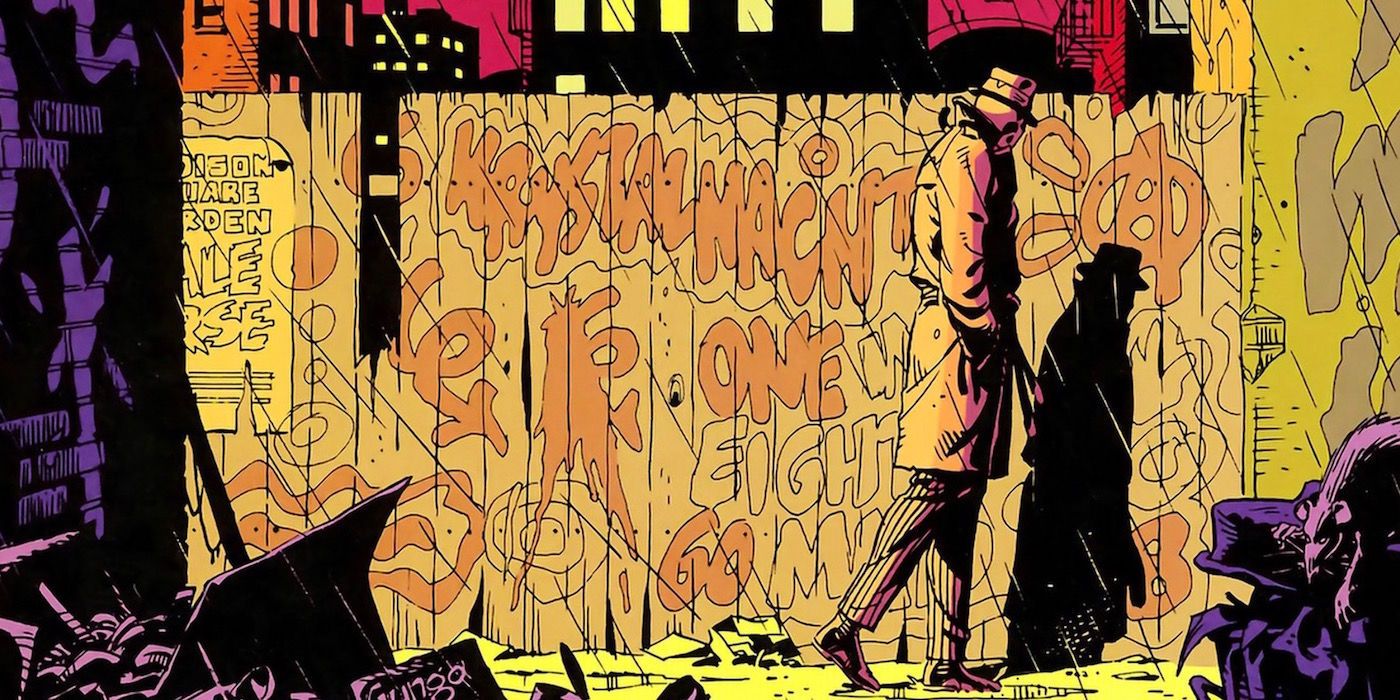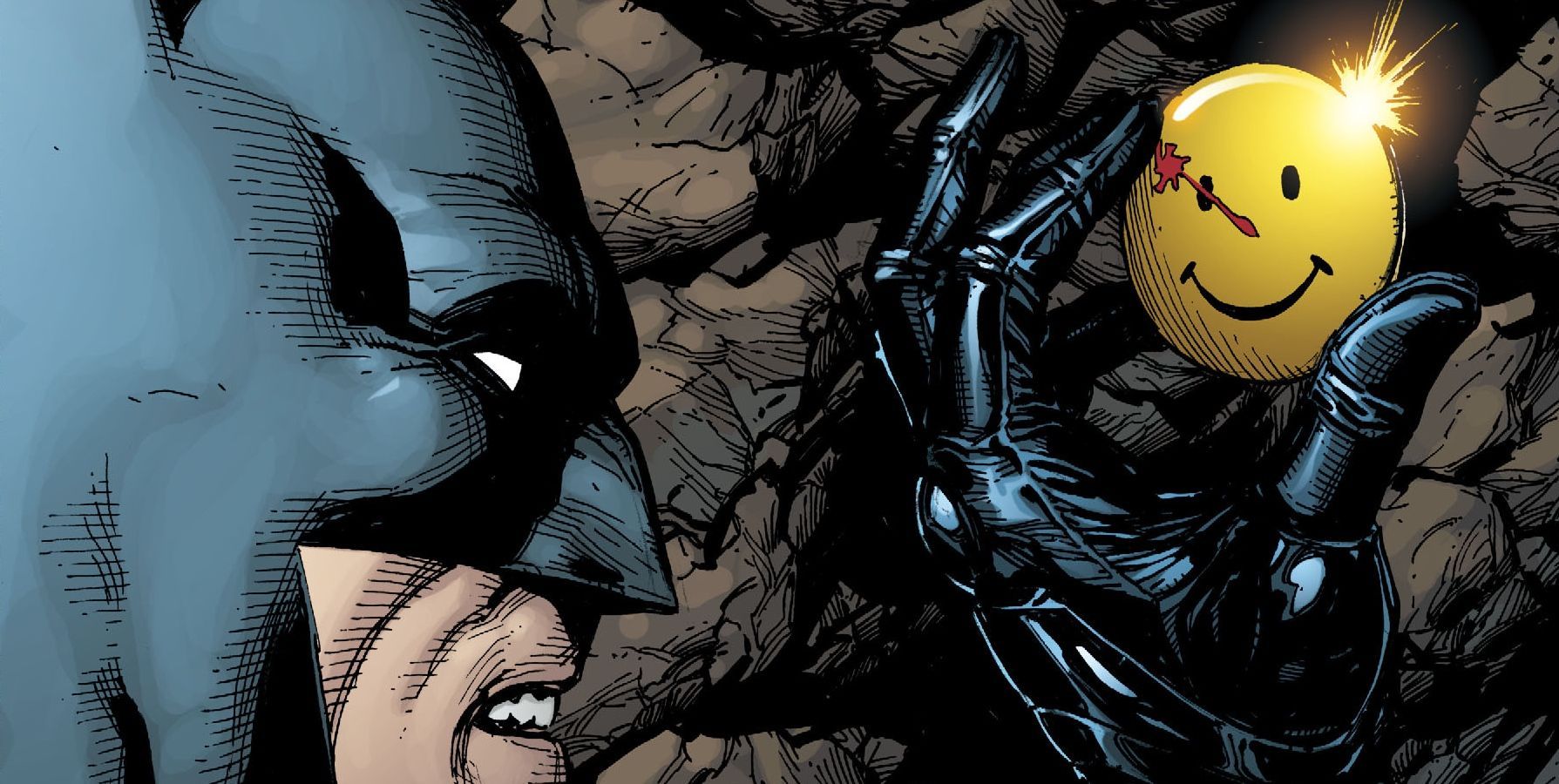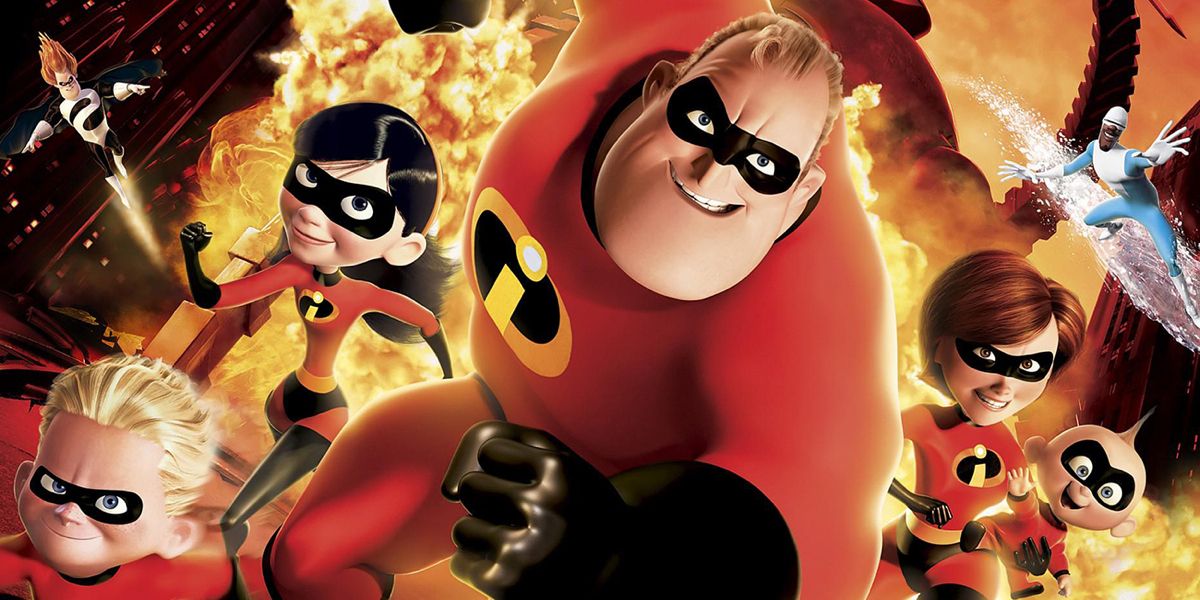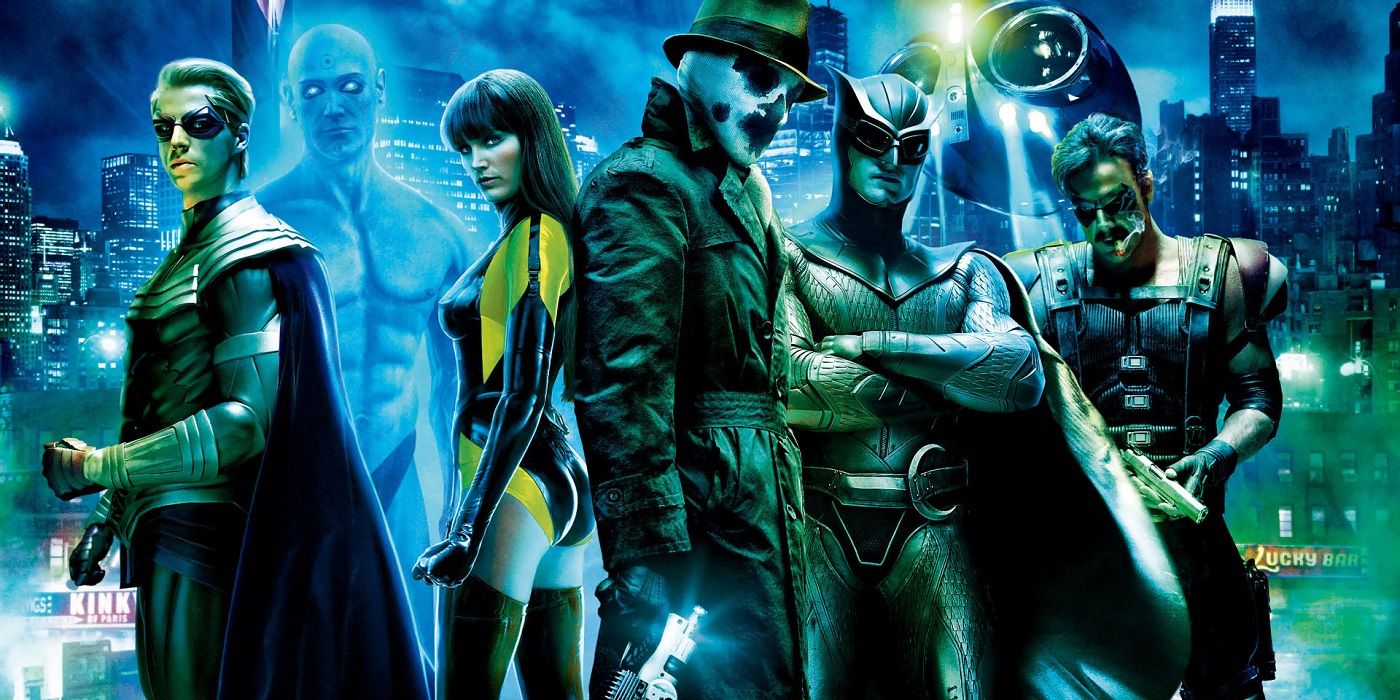Related
This month marks the thirtieth anniversary ofWatchmen , the groundbreaking 12 issue DC Comics series from writerAlan Mooreand artistDave Gibbons . It ’s amazing that a mirthful Scripture series that premier all the direction back in 1986 still feel as omnipresent and relevant today . It help reshaped the comics industry in its image , and still invites geographic expedition of its dense themes of philosophy and symbolism . The iconic serial has inspired countless other comics , telly shows , books and movies ( include its own 2009 cinematic version ) , and its influence continues to felt throughout the entertainment industry .
throw it ’s subsist for three decades and has reaped a whirlwind of ballyhoo and decisive acclaim , its become easy to takeWatchmenfor granted . But it ’s still worth noting just how radical Moore ’s insurgent visual sensation and Gibbon ’s artistic ingenuity truly are , as they still reverberate in 21st century pa - civilization . With that in mind , here are 15 reasonableness whyWatchmenstill endures , how it redefine superheroes , and why it became so influential .
15. Superheroes Deconstructed
Moore ’s original vision for the series was a self - incorporate storyline incorporatingDC ’s leverage of character from Charlton Comics , namely The Question , Blue Beetle , Peacemaker , Nightshade , Peter Cannon Thunderbolt and Captain Atom .
Moore ’s initial storyline revolve about on the murder of The Peacemaker . But thing changed after he was narrate DC was planning on infix the newly acquired quality into the DC Universe via their 1985 persistence housecleaningCrisis On Infinite Earthstoryline ) . Rather than scrap the plot , Moore just made up his own characters based on the Charlton archetypes , andWatchmenwas born .
This originative decision freed Moore to deconstruct superheroes in a way never attempted in mainstream comics ( which also acted as meta - comment of comic Holy Scripture tropes ) . Insecure , deeply flawed , sexually dysfunctional , sociopathic , and neurotic , the Watchmen were brooding anti - poor boy be active to fight criminal offense less by altruism than by their own questionable self-centered motivating . And Dr. Manhattan ( the serial ' onlytrulysuper - powered character ) showed the destructive capability a superhuman would pose for the human wash , breathe in reverence over sub - worship . For ( arguably ) the first metre in the laughable Good Book medium , Moore evince how the existent world would oppose and be shaped by superheroes , and the issue were anything but pretty .
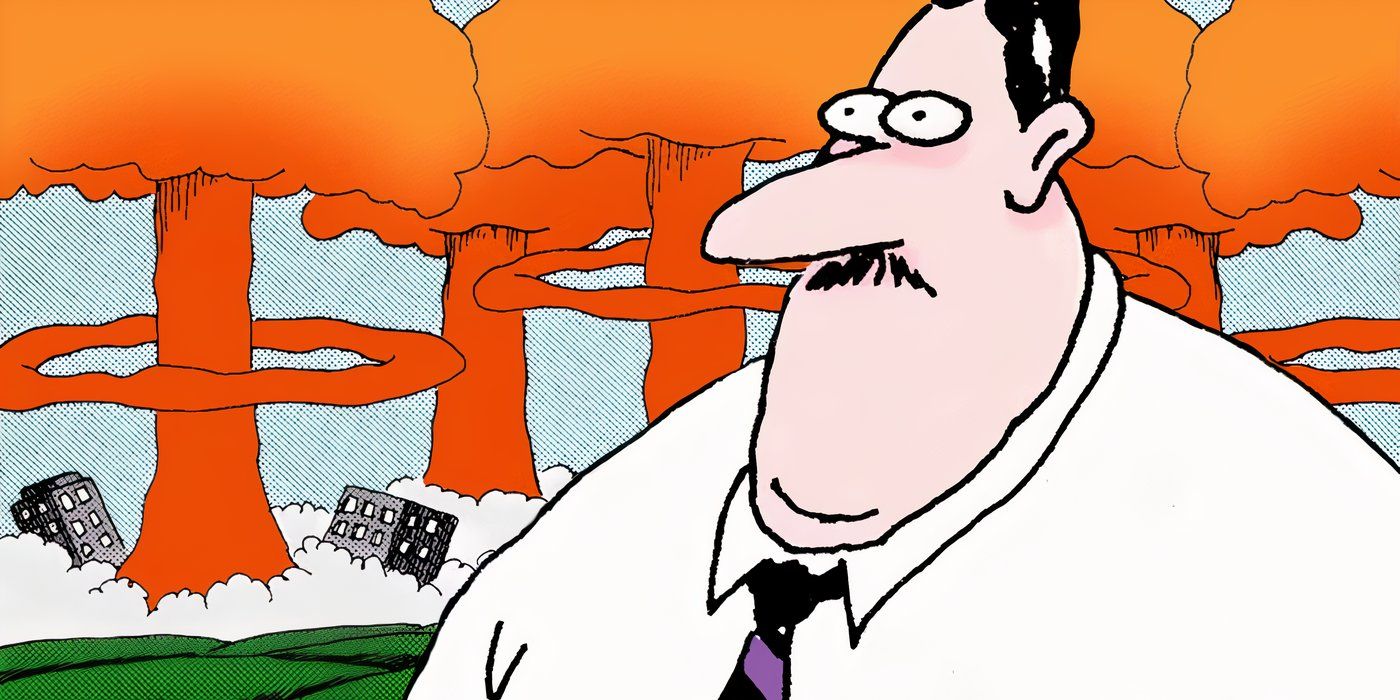
14. The Rise of Grim and Gritty
1986 saw the rise of two seminal comical miniseries : Watchmenand Frank Miller’sThe Dark Knight Returns . Although both were conceived independently , it ’s awesome how complimentary and symbiotic they are in mood and structure . Where Moore deconstructed canonical superhero archetypes , Miller deconstructed Batman himself , and both tale took billet in urban dystopia threaten by Armageddon .
The combined one - two biff ofWatchmenandDark Knight Returnswas so kinetic that it knocked the graphic storytelling metier off its bloc . In the tail ofWatchmencomics , as a whole grew darker ; antecedently established cheerful character reference produce more conflicted , more incubation , more tearing . The line between good and evil was more blurred than ever .
For some comic traditionalist , this proved to be a rude wakening . Even Moore and Gibbons would raise to be frustrated that their self - contained tale would snuffle the dreamer joy out of comics in its wake . But every medium most adapt or kick the bucket . Grim and spunky became democratic for a reason , reflecting an angst triggered by the rise in fierce crime and the worries of the arms race with Russia . It fit the mood of the time , for good or bad .

13. Rorschach
A homophobic , violent sociopath adoring of breaking criminals ' finger and drop them down elevator scape , Rorschach was the most overtly unpleasant character inWatchmen . But he became the reader ' preferred nonetheless .
Moore fashion the character after The Question , but he also threw in a chip of Mr. A ( get it ? ) fromwitzendcomics ( get it ? ? ) as well . Both characters were created by comic legend Steve Ditko and wereimbued with his objectivist ideal . Moore really mocked Ditko ’s philia for objectivist generator / philosopher Ayn Rand , however , by seek to make the mask vigilance man ’s worldview as odious as possible .
Moore was unnerved with Rorschach ’s popularity and his wallop on amusing culture . He elaborated on hisdisgust in an consultation , say that in real life , a masked vigilance man , “ would n’t have time for a lady friend , friends , a societal life history , because he ’d just be driven by getting retaliation against criminals … he’d believably smell … wouldn’t talk to many people … I signify him to be a bad example , but I have people follow up to me in the street saying , ‘ I am Rorschach ! That is my write up ! ’ And I ’ll be cerebrate , ‘ Yeah , keen , can you just keep away from me and never fare anywhere near me again for as long as I dwell ? ’ ”
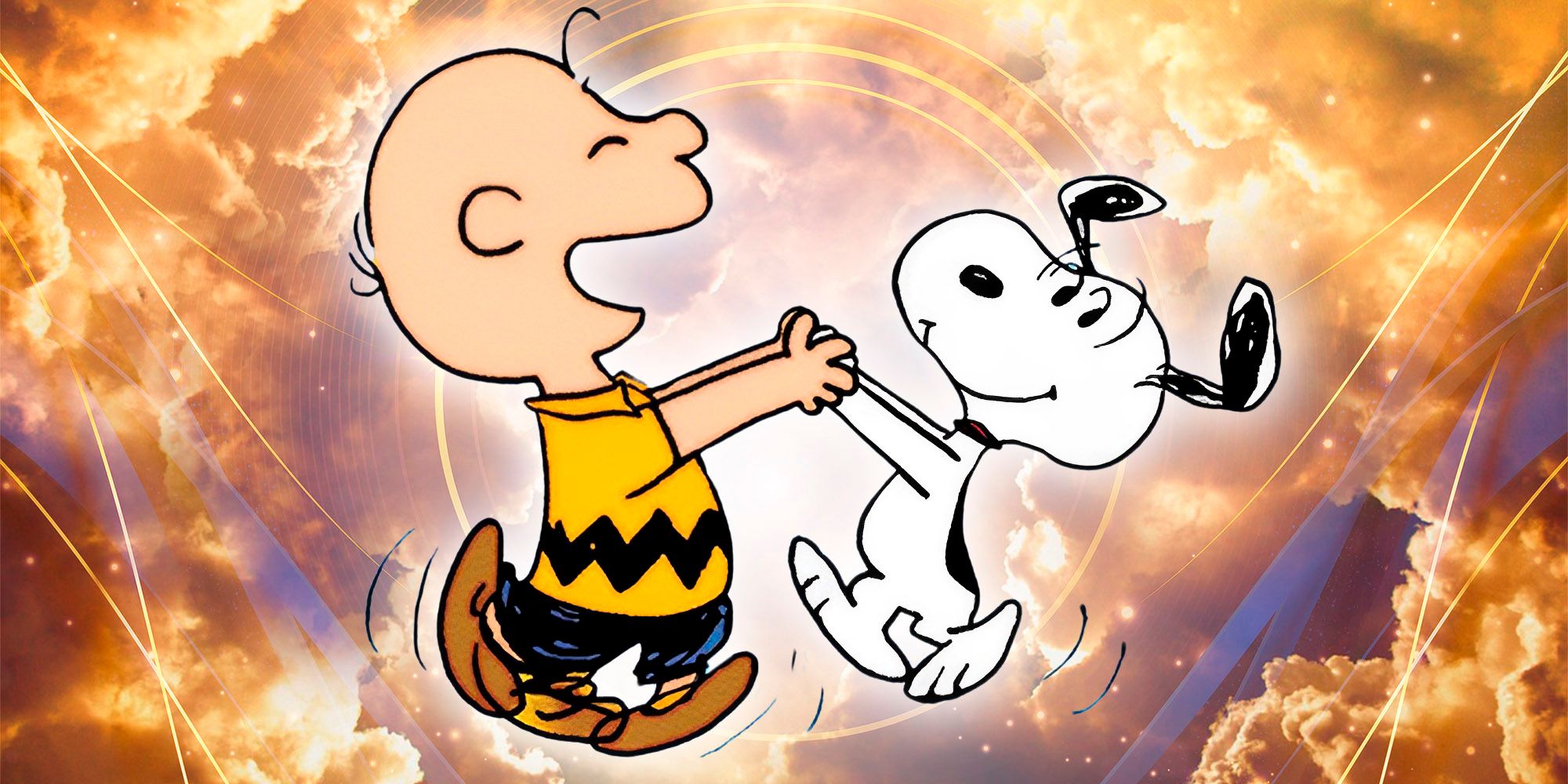
12. Sex and Violence
vivid sexuality and violence are nothing newfangled in the comic Bible world . The E.C. horror comics of the fifties were deemed so perverse in this wish that it activate a level of moral scandalization from authority figuresthat almost belt down the industry altogether . alike , independent cartoon strip from the the like of R. Crumb were ingurgitate full of intimate content . But by the eighties , DC and Marvel Comics predominantly get child - favorable textile , even usinga comic strip codethat forbid anything too risqué or bloody .
Watchmenwas the opposite of kid - friendly , and it even went beyondThe Dark Knight Returnsin terms of in writing fury and sex , from zillion of idle New Yorkers , to Rorschach slaughtering two dogs , to the worrying rape shot with the Comedian attacking Sally Jupiter . These unforgiving images drove home the pointedness that Watchmen was not “ kid ’s stuff ” and create a tier of controversy that cemented its provocative repute as a secret plan - changer for the medium .
11. Cold War Commentary
One of the most strange elements ofWatchmenis the world in which it was place . While the comedian mirrored the ' 80s with anxieties over the atomic weapon system race between America and Russia , Ronald Reagan was n’t America ’s president . alternatively it was Richard Nixon , held in index ( apparently without term demarcation ) thanks to the use of the Minutemen ( and later ) the Watchmen , who facilitate the U.S. win the Vietnam War . Electric cars are the transportation of choice . thing are the same in many way , and the majority of the mirthful world ’s departure can be directly attributed to the longstanding presence of superheroes .
While Moore has never run into cryptical detail regarding his decision to placeWatchmenin an alternate universe of discourse , he speculate thatit " perhaps gives the American readership a probability in some ways to see their own culture as an outsider would . "
This proficiency also differentiatesWatchmenfrom the DC Universe and has helped in its timeless appeal . But even though it exists in a unlike world , the threat of nuclear war was a terrific reality in 1986 . Moore ’s story showed the inherent silliness of mutual mass destruction , and it remains a strong reminder about the risk of self - create apocalypse , one that is still disturbingly plausible .
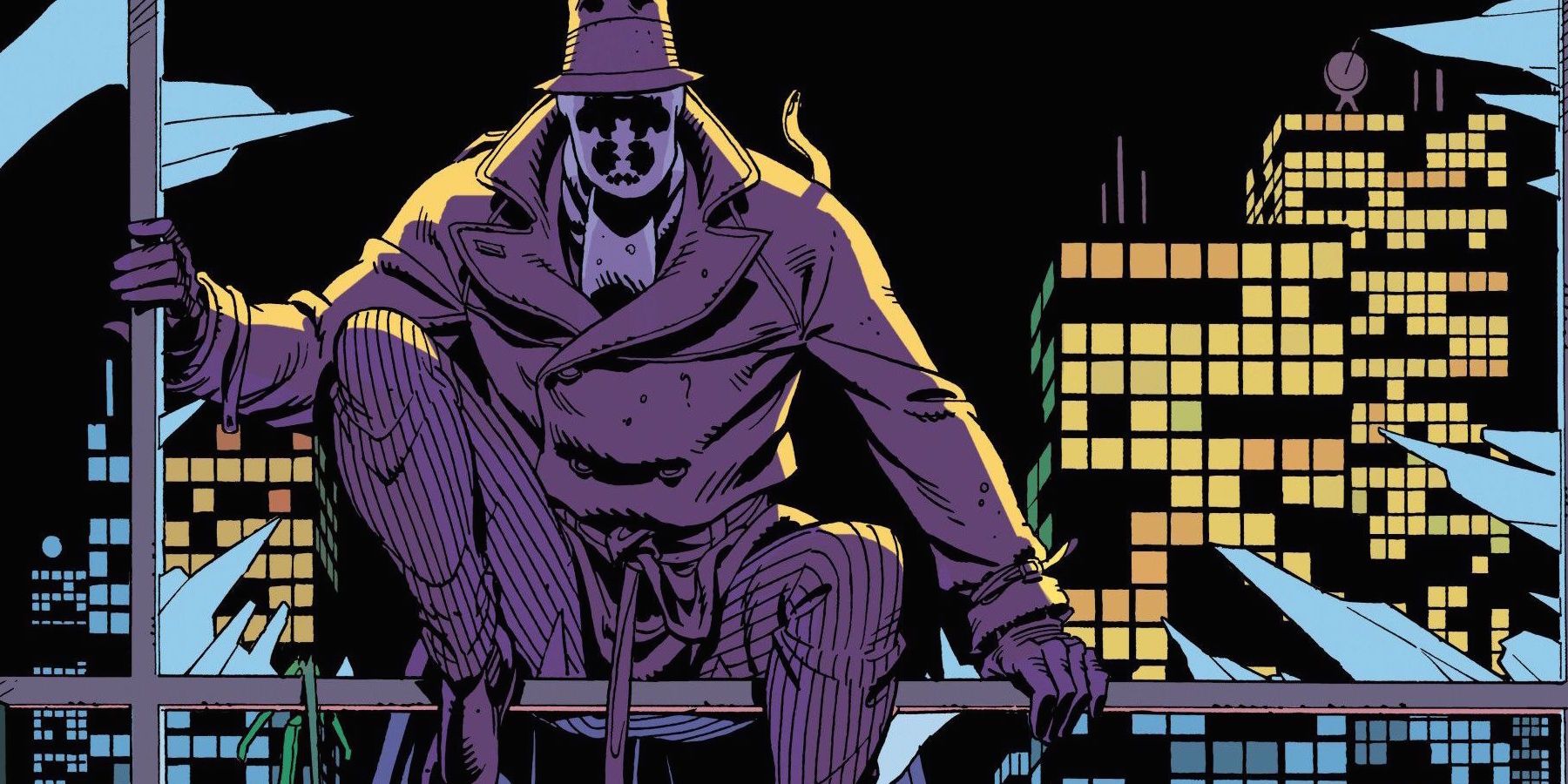
10. The Visual Aesthetic
Inspired by Moore ’s pioneering narration , creative person Dave Gibbons defied the conventional funny prowess of the ' 80s , sayingin an 2009 audience , " I want from the very beginning withWatchmen … every pageboy of it , every panel , should very clearly be fromWatchmen … the variety of comical book that were add up out at that time had kind of wild page layout , like poster page where there would be some big action shot … you’d always be very aware that somebody had drawn it … that was why I did the nine - panel grid . ”
This nine - panel grid earmark for more exposition and item than the intermediate comic , ( which it needed , feed its dense story and use of symbolism ) . In addition , Gibbons employ a stiffer pen than he normally used to aid carry out his singular aesthetic .
The highpoint of Gibbons ' work isFearful Symmetry , the 5th issue of the series . Gibbons uses proportionate mirror image layouts throughout : page 1 is mirrored by Thomas Nelson Page 28 ; page 2 syncs with page 27 , etc . This eventually leads into pages 14 - 15 where each panel literally ruminate its opposite image . It ’s a loom achievement in graphic storytelling .
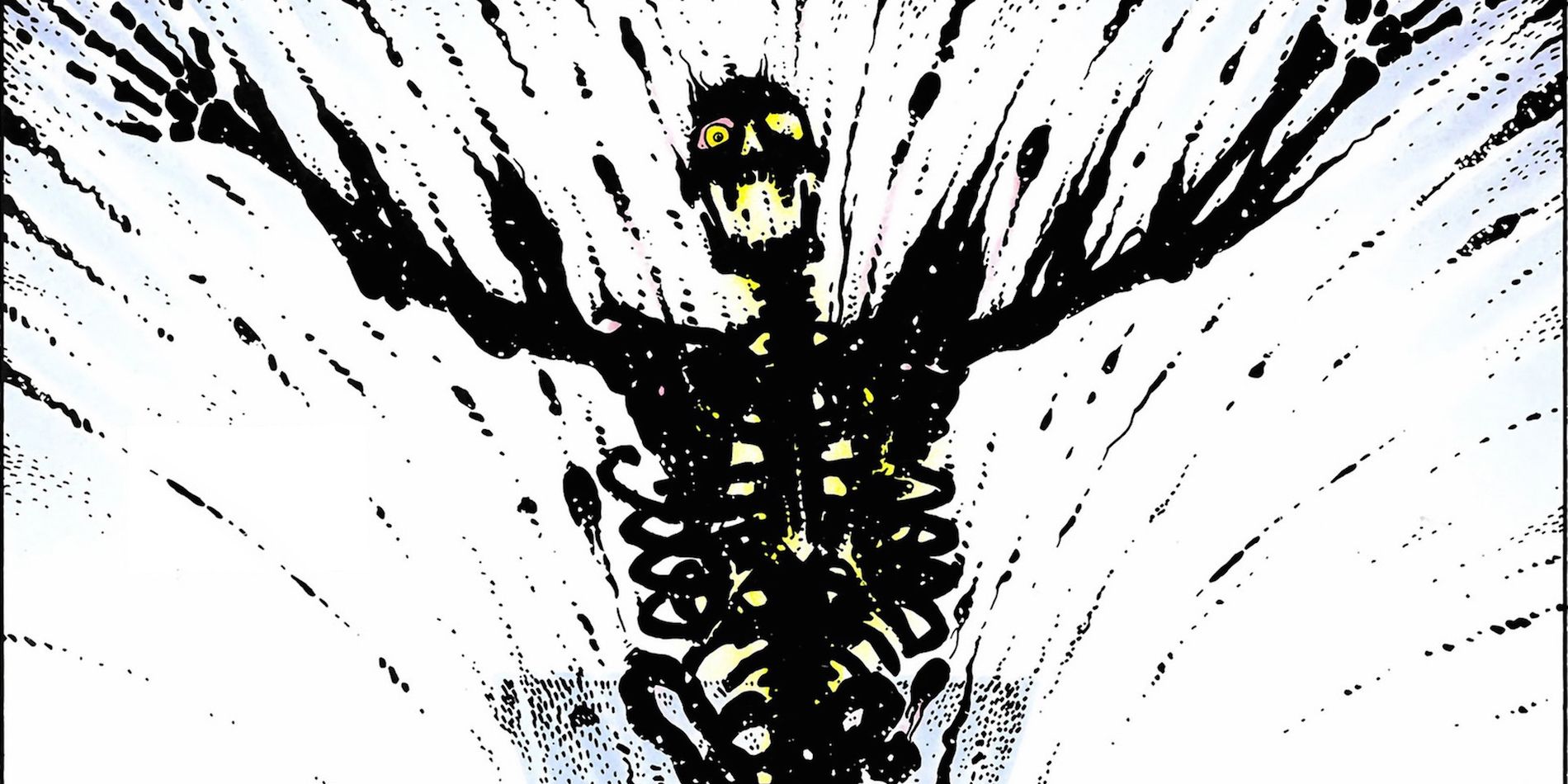
9. A Color Palette Like No Other
Colorist Jon Higgins ' unusual pallet forWatchmenwas another way the serial publication broke from comic tradition . Whereas most funny rule book employ primary color for hero sandwich and lowly colors for villains , all ofWatchmenwas paint in lower-ranking colors . This certainly reflected the ambiguity of the characters and their twisted ethical motive .
Artist David Gibbons elaborated on why the color scheme for the serial publication was so extra : “ John leaned very to a great extent toward , as you say , the secondary pallet … it was the same kitchen stove of colors you ’d always been able to use in American cartoon strip , but it was colors that had n’t been widely used before . I imagine it bring a pile to the ambiance of the comic book … it reads less obviously as superheroes . ” Higgins ' employment also helped to augment the fact that this was an alternate population , makings thing look competently askew .
An object lesson of Higgins ' skill set is how he aline the colors in the issueThe Abyss stare Also , which begin off with “ Warm and cheerful ” colors , before bit by bit darken to cope with the issues dim ending .
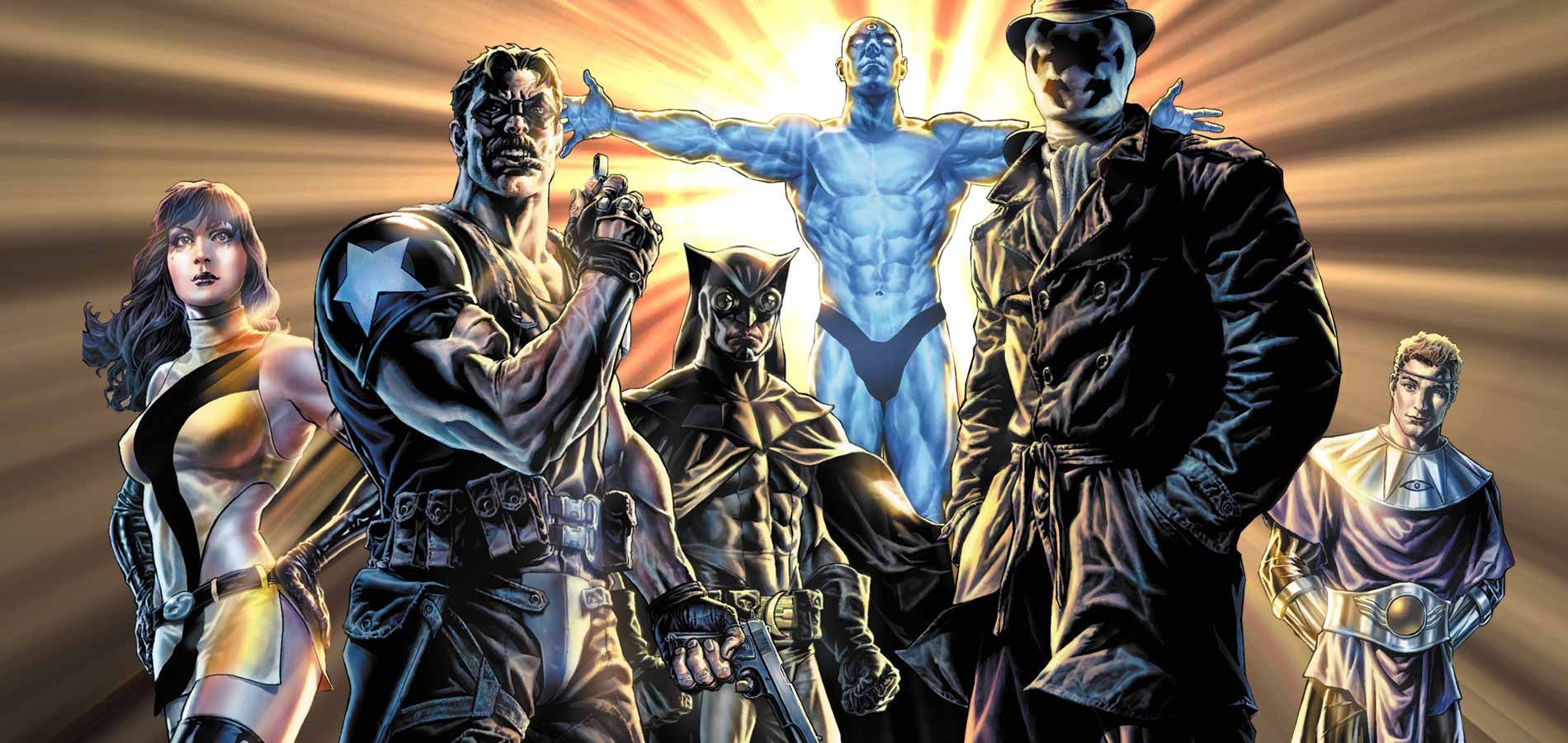
8. It’s a Watchmen World and We Just Live In it
One can even make the disputation that Moore and Gibbons ' dark imagination sparked DC to embrace more mature and advanced content like Neil Gaiman ’s groundbreaking seriesThe Sandmanand the creation of their adult - oriented Vertigo line in the early ' 90s , with other serial that peaked behind the four - colour veil . DC continually dipped back in the deconstructionism well with tales like 2004’sIdentity Crisis , and their2012Before Watchmenseries , a prequel thatwas lambaste by Mooreand other critic .
Even DC’sRebirth , Geoff John ’s Modern continuity - changing event , feature fictitious character from theWatchmenuniverse , inject them flat into DCU continuity ( for reason yet to be fully explicate ) . The serial remain as indelible as ever .
7. The Incredibles
It may seem inherently odd that a family - favorable Pixar movie would profit breathing in from one of the bleak grownup - orient comedian ever produced , but even a cursory knowledge ofWatchmenandThe Incrediblesshows noted similarities in narration structure and theme between two superhero property that could n’t be more different in tone .
Stories about superheroes forced to retire ? hold in . A humiliated middle - aged hero who misses the good former days ? chequer . tempt out of retirement to arrest a mysterious villain who ’s hunting down other retired heroes ? Check . A villain who think he ’s actually the hero ? Check . A schoolmaster plan postulate a city - destruct tentacled monster ? Check . The only remainder is thatThe Incredibleshas a decisively felicitous ending , whileWatchmendoes not ( more on this in a bit ) .
Incrediblesdirector Brad Bird arrogate he was only passingly familiar withWatchmenbefore he made the smasher hit film , but it seems insufferable that his film would exist without it . Watchmendidn’t just commute mirthful record : it shape mirthful book movie too .
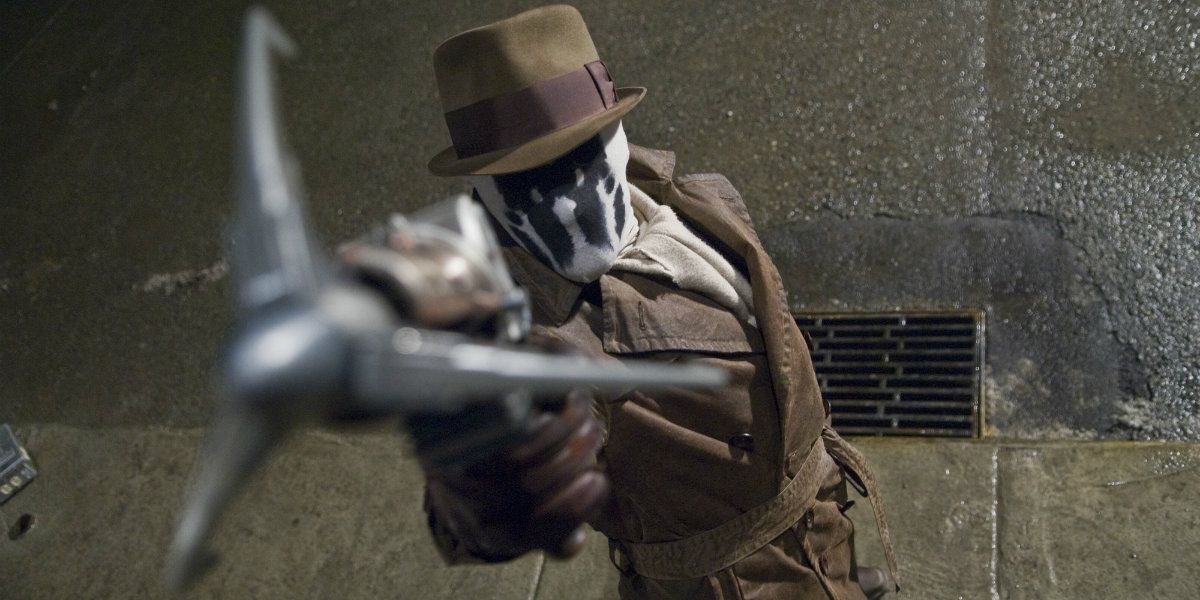
6. An ‘Unfilmable’ Adaptation
Watchmenhad been shopped as a potential film property as far back as 1986 , when producers Lawrence Gordon andJoel Silverbought the film right hand .
One of the first movie maker interested in the project wasTerry Gilliam , who hold it “ unfilmable ” ( the fact that Arnold Schwarzenegger was buttonhole for the part of Dr. Manhattan probably did n’t help ) . Gilliam ’s edict show a curse : other renowned director include Paul Greengrass , David Hayter and Darren Aronofsky were all attach at various points , only to jump ship later on .
It tookdirector Zack Snyderto end the chore of bringing Moore ’s vision to the big screen . And while the last productproved polarizing , there are still a host of telling vista in his 2009 adaptation ( that spread out form of address successiveness still wows ) and savvy molding decisions ( Jackie Earl Haley was an inspire choice for Rorschach ) . If Snyder did n’t fully stick the landing , one could also set the inculpation at Moore ’s foot ; the crotchety writer had been vehemently opposed to any film adjustment , sayingWatchmenwas designed to explore“the areas that comic strip win in where no other media is capable of operate , " addingin a 2008 interviewthat the serial used “ a range of techniques ” that did n’t impart itself to cinematic version . No wonderment it took over 23 year to make .
